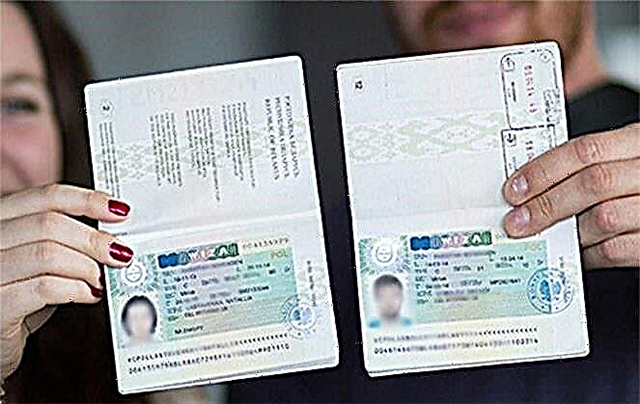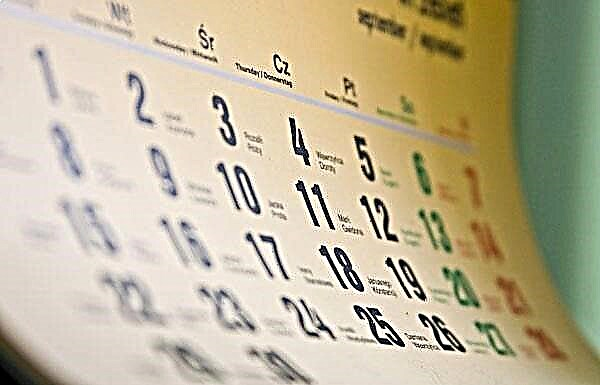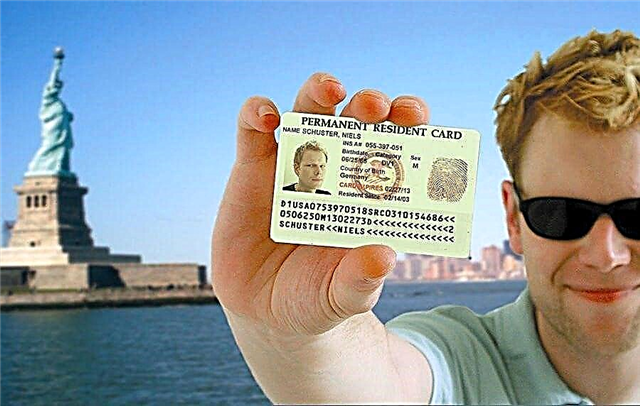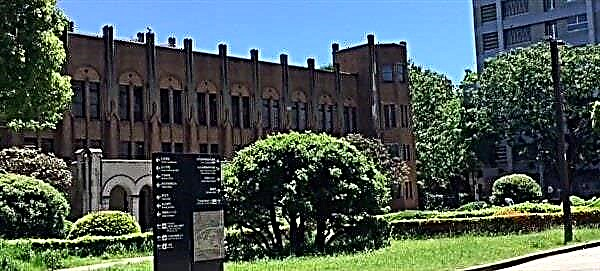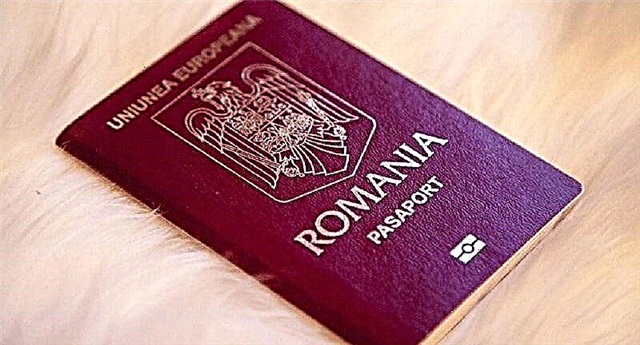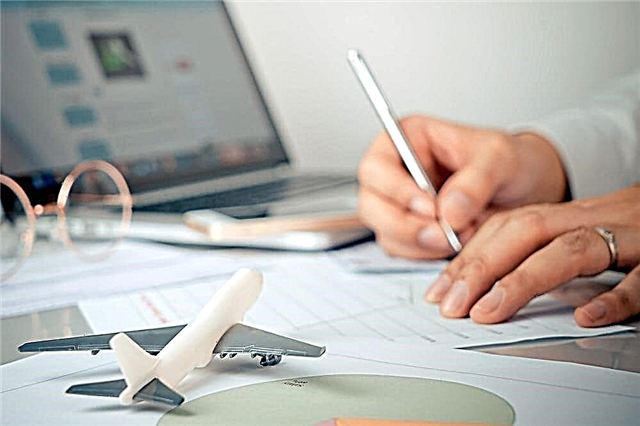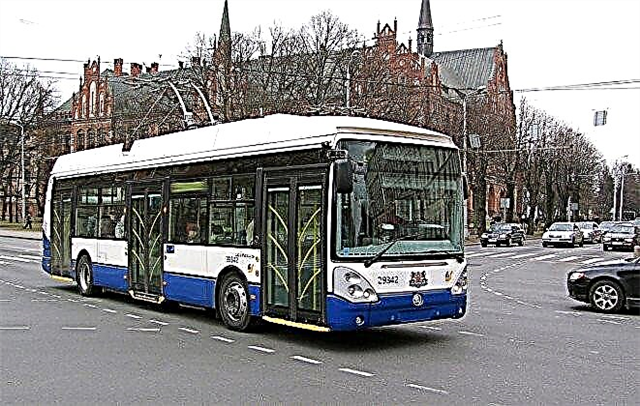Latvia has historically been a key transport hub on the route from Northern Europe to Asia. Convenient location on the Baltic Sea coast and good roads traditionally played an important role for the country, which, after integration with the EU, finally approved the European vector of development of the transport system. Today, transport in Latvia is primarily a network of roads, railways and related infrastructure, as well as sea and aviation ports, the modernization of which in accordance with modern international standards is given great attention.

Latvian public transport
The structure of public transport in Latvia is gradually getting rid of the post-Soviet legacy, but there are no truly innovative projects even in the short term. Nevertheless, the transport possibilities cover the needs of the citizens of the country and the many tourists who come to see the Baltic pearl from different parts of the world.
By the way, many of them are interested in whether there is a metro in Riga. Unfortunately, the idea of building the Riga metro was never realized.
Almost all types of public transport known today are represented in Latvia: buses, trams, trolleybuses, city trains, fixed-route and passenger taxis. All of them are convenient, arouse respect, and as for the future prospects, then, apparently, development will require more strength and patience of Latvians than expected.
Tram and trolleybus lines
Three Latvian cities can boast of trams: Riga, Daugavpils and Liepaja. The Riga tram is one of the oldest in Europe, considering the history of the horse tram. This year he turns 137 years old.
The metropolitan tram network is the largest in the country. It includes 8 routes, and the fleet includes 252 carriages.
Currently, the cars of the Czech company Škoda T3A and T6B5 are blue and white. From 2021, the fleet will be replenished with rolling stock with new three- and four-section carriages with a low floor level of the 15T series. You can see similar ones, for example, in St. Petersburg.
There are only three routes in Daugavpils with a total length of about 27 km.
There are 48 carriages in the fleet of the Riga, Ust-Katavskiy car-building plants and the Czech Tatra. By 2021, it is planned to build a new route that will connect the city center with the New Vorstadt district. The schedule is available at satiksme.daugavpils.lv (there is Russian language).
Liepaja has one two-way line about 13 km long, passing through the city from north-east to south-west. But it is the oldest electric tram line in the Baltic States (introduced in 1899).
The news and current information for passengers can be found on the website liepajas-tramvajs.lv (only Latvian is available).
The local tram is distinguished by the use of a narrow gauge (1000 mm). Unlike other tramway systems in Latvia, where rod collectors are used, traditional pantographs are used here. There are wagons manufactured by Tatra in the park.
Couplings are not practiced, no more than ten cars run on weekdays, which allows maintaining a traffic interval of 7 minutes. On weekends, there are eight carriages at intervals of 8 minutes.
 There is a trolleybus only in Riga. There are 17 routes with over 320 km of overhead lines. The fleet includes about 330 cars manufactured by Skoda and Ganz-Solaris Trollino, including several models with diesel and hydrogen generators.
There is a trolleybus only in Riga. There are 17 routes with over 320 km of overhead lines. The fleet includes about 330 cars manufactured by Skoda and Ganz-Solaris Trollino, including several models with diesel and hydrogen generators.
Trams and trolleybuses in Latvian cities start running at 05.30 in the morning and end at about 00.00. The exact timetable for public transport in Riga can be found at saraksti.rigassatiksme.lv. In any city, the schedule with the estimated time of arrival of the next transport hangs directly at the bus stop.
Bus service in Latvia
The bus is the most common and most popular form of transport in the country. In addition to transit and international routes, bus service connects the vast majority of settlements in Latvia.
The total length of highways exceeds 74 thousand km.
The main part of intercity and international buses departs from the Riga bus station, located on the street. Pragas, 1. Detailed information on the timetable and tariffs is available on the station website www.autoosta.lv (Russian language is supported).
Only fixed-route taxis go to Jurmala, which are available in every Latvian city. The fare in the city is usually the same as for the rest of public transport. The fare is paid directly to the driver upon boarding.
Riga city transport, as well as the movement of city buses in large cities of Latvia, are strictly regulated by the timetable. On the sites mentioned above, you can easily choose a route and get all the information of interest.
In the capital, there is an opportunity to use the services of night and sightseeing routes. There are sixty routes in Riga, in Daugavpils and Liepaja - about thirty each.
In the bus fleets there are mainly new and modern cars Solaris Urbino, Volvo and Mercedes minibuses, equipped with everything necessary for the comfort of passengers.
Railway
The Latvian Railway is operated by the national state company Latvijas dzelzceļš (there is a website in Russian www.pv.lv/ru). The country's railway network includes 2,263 km of tracks with a track gauge of 1,520 mm. The main income item is passenger transportation, for which the subsidiary Pasažieru Vilciens is responsible.
Only a little more than 10% of the tracks are electrified (249 km are used). Currently, there are 4 electrified lines in operation, on which trains of the ER series run:
- Riga-Jelgava.
- Riga-Aizkraukle.
- Zemitans - Skulte.
- Tornakalns-Tukums II.
For international passenger traffic to Moscow, Minsk, St. Petersburg, the TEP70 diesel locomotive is used. On the route to Valga (border station, where it is possible to change trains to Tartu and Tallinn), diesel DR1A runs.
The Vilnius-St. Petersburg train does not enter Riga, but follows through Rezekne, Karsava and Daugavpils, where it merges with the Riga-St. Petersburg train.
Since 2021, zoning of train fares has been introduced on routes from Riga to Skulte, Jelgava, Tukums, Sigulda and Aizkraukle. Each direction has five zones (A, B, C, D and E).
Two kinds of intermediate zones make short cross-border trips cheaper.
Taxi fleet
The total fleet of official taxi operators exceeds 5,000 cars. Taxi activity in Latvia is regulated by the state. Licensing is required.
Anyone wishing to work as a driver is entered into a special register. Cars receive special registration plates that meet the general requirements of the transport regulations adopted in the EU.
You can order a car by phone or using a mobile application. There are plenty of service providers and aggregators here. Including Taxify, Yandex.Taxi and Uber are available.
There is a unified taxi call service in Riga: + 371-88-08. Some carriers provide a sober driver service.
There is a company in which only girls work as drivers (Lady Taxi).
The tariff policy is also regulated by the state, payment is provided by the meter. Drivers must undergo medical checks before leaving the line, regularly pass exams for knowledge of traffic rules, and always wear uniforms. Tips are charged within one euro.
Air Transport
 Air transport in Latvia is not as popular as other types, due to the high cost of tickets and the lack of domestic flights. Nevertheless, Riga airport is a hub for several world-famous low-cost airlines.It is also the largest in the Baltics in terms of traffic volumes.
Air transport in Latvia is not as popular as other types, due to the high cost of tickets and the lack of domestic flights. Nevertheless, Riga airport is a hub for several world-famous low-cost airlines.It is also the largest in the Baltics in terms of traffic volumes.
A short distance from the capital provides an ideal option for starting a trip to Europe.
There are also small passenger airports in Liepaja and Ventspils, which are used in the summer by the national company Air Baltic. However, the seasonal schedule is unstable for them and should be checked on the official website www.airbaltic.com.
Sea transport
The country has 300 km of waterways accessible for navigation all year round, which makes ferries extremely popular in Latvia. In addition, there are eight operating seaports, the largest of which are:
- Ventspils.
- Riga.
- Liepaja.
The first is the busiest in the Baltic countries, as it is involved in the export chain of Russian oil and coal. In addition, there are two regular ferry services operated by Stena Line:
- There is a ferry to Nynäshamn (Sweden) six times a week;
- In Travemunde (Germany) ─ twice a week.
The details of interest to tourists can be found on the website www.portofventspils.lv.
The good thing about the Riga passenger port is that a ferry departs from here every day for Stockholm by the Estonian company Tallink. The cargo division is import-oriented.
Details can be found on the port website www.rop.lv and the ferry operator www.tallink.lv.
The port of Liepaja is mostly occupied with transit cargo transportation (export-oriented), so it is of little interest to tourists.
Car rental
Car rental in Latvia is no different from car rental in other developed countries. The requirements are about the same:
- tenant's age: 21 years and more;
- modern driver's license with duplicate entries in English;
- driving experience not less than a year.
The difference is the requirements for hiring luxury cars. The driver's age must be at least 25, and the experience must be three years. The cost of services varies from 40 euros per day to several thousand, depending on the prestige and class of the car. You will need a bank card with an amount equal to the size of the deposit, which is one of the mandatory requirements here.
Basic insurance (similar to OSAGO) is included by definition. There is a possibility of additional insurance for all occasions.
As elsewhere, online booking is available. Companies that enjoy the trust of millions of customers in other countries of the world work here. Several offices will immediately meet you at the Riga airport.
Other rental conditions, for example, regarding return and payment, are usually standard ─ European.
In addition to traffic rules, it is worth considering the cost of parking, taking into account the zoning. The most expensive is zone R in Old Riga:
- first hour - 4.27 euros;
- each next one - 7.11 euros.
Transport schemes of large cities
Here are public transport schemes for the largest cities in the country.
Naturally, the most interesting is the Riga transport map, because it is to the Latvian capital that the main flow of tourists is sent. It was not possible to find a general scheme, so we presented a separate one for each type of transport. The most complex and extensive is the bus route map.

It can be seen that the city is literally dotted with lines and names of stops, which explains the high popularity of buses in the Latvian capital. The following diagram shows a network of tram lines connecting the most densely populated areas of the city.

On the third, you can study the network of trolleybus routes, which complement the previous two, forming an overall picture of the sufficiency of transport links.

In Daugavpils, the schemes are much simpler. For bus routes from looks like this:

The tram lines of the second largest city in Latvia are shown in the following picture.

The route of buses in Liepaja is not complicated. You can see the routes in the photo below.

Here the evening and seasonal routes are indicated in red, the main ones are in blue.
In Ventspils, the following diagram will help you figure out the city routes.

Main tourist routes
The website www.1188.lv/ru/transport has a convenient route planner, which is specially designed for guests of the republic. Approximately the same is available on the Riga transport portal (see the link above). But there are many more functions here. In particular, you can study the map of stops.
 All the icons on the map are interactive, allowing you to show all running routes, as well as plan your own. By the way, Old Riga is beautiful and interesting at any time of the year. An unusually beautiful pearl of the architectural Art Nouveau - Elizabetes and Alberta streets.
All the icons on the map are interactive, allowing you to show all running routes, as well as plan your own. By the way, Old Riga is beautiful and interesting at any time of the year. An unusually beautiful pearl of the architectural Art Nouveau - Elizabetes and Alberta streets.
Our recommendation is to take a sightseeing bus in Riga and enjoy the comfortable red double-decker bus and the audio guide broadcasting in Russian. On the website www.citytour.lv you can find a timetable, choose one of three routes, familiarize yourself with the order of prices (now it is € 15 or 10 lats) and book a ticket.
But there are many other places worth visiting in Latvia:
- Jurmala is not only beautiful beaches, but also the Museum of Prison History, Livu Water Park, Theater of Luminous Pictures, Kemeri National Park and much more. From Riga you can get there in 20-40 minutes by train or minibus, as well as by the oldest excursion boat.
- Sigulda is a small but one of the most beautiful cities in Latvia, located on the banks of the Gauja River. There is something to see here. For example, the White Palace and Turaida Castle. The cable car from Sigulda to Krimulda is the only one in Latvia that allows you to see the Gauja National Park from the air. You can get from Riga (51 km) by train, bus or taxi. Buses from the Riga bus station leave every hour from 06.30 to 23.00. More than a dozen trains leave from Riga to Sigulda and back every day from 06.15 to 21.35.
- Kuldiga. Here you can see the ruins of one of the oldest castles in Latvia, and in the summer you can swim in the Ventas-Rumba waterfall. From April to May on the Ventas River you can watch an amazing sight - a flying fish.
- Jelgava is the capital of the Duchy of Courland, formerly called Mitava and owing its architecture to the famous Francesco Rastrelli. Here it is worth looking at the Biron Palace and the Postal Island, to which the longest pedestrian bridge in Europe, 150 meters long, leads.
- Jēkabpils is a city with a history of slightly less than 780 years. The Krustpils Castle, the unique Holy Spirit Monastery, the stone "bridge of love" across the Donavinias River and the stones of the geodetic arc of the Struve meridian are definitely worth seeing. In addition, the Mans's art gallery located here has no analogues even in Riga.
Fare payment
 The abundance of types of tickets and transport cards is simply amazing. A ticket can be for one, several trips, temporary ─ for a certain period, for a month, for the carriage of goods and animals. Some cities use their own types, differing in format, color and cost.
The abundance of types of tickets and transport cards is simply amazing. A ticket can be for one, several trips, temporary ─ for a certain period, for a month, for the carriage of goods and animals. Some cities use their own types, differing in format, color and cost.
Using paper tickets is not difficult. You can buy them at print kiosks, at bus stops, from drivers.
There are special rules in the capital. Before paying for public transport in Riga, you need to choose the best ticket option and upload it to the E-ticket (smart card) common to all types of Riga transport.
There are several varieties of such "carriers" of means of payment: personalized, non-personalized (blue) and yellow ─ for those who rarely use transport.
The simplest smart cards are issued free of charge, and you can replenish them at ticket machines, Narvesen kiosks, Latvijas Pasts branches (post office), Rīgas satiksme sales points. When boarding public transport, the ticket is applied to the reader, which must be in all Riga buses, trolleybuses and trams.
The cost of transport in Riga is not the most democratic:
- one-time travel ─ 1.15 euros;
- transportation of an animal ─ 1.5 euros;
- monthly - from 35 to 50 euros, depending on the number of routes and days of the week;
- for an hour ─ 2.3 euros;
- daily allowance for all routes ─ 5 euros;
- for three days on all routes ─ € 10.
An e-ticket is valid for 12 months from the date of purchase, unless the fare changes or the type of the selected ticket is canceled. Public transport tickets purchased from the driver in Riga cost 2 euros.
The cost of a tram ride in Daugavpils is 0.5 euros (a green weekend ticket costs half the price).
In Liepaja, the ticket is priced as follows:
- pre-sale ─ 0.7 euros;
- from the driver ─ 0.8 euros;
- ten trips for all types of transport ─ 6.6 euros;
- one-day single day pass ─ 2.5 euros.
Fines for travel without a ticket
From March 1, 2021, JSC Pasazhieru Vilciens, which manages passenger rail transportation, has raised the fine for travel without a ticket on trains from 10-15 to 25 euros. The fine for excess baggage or pets will remain the same at € 5.
The fine for traveling without a ticket on city buses, trams and trolleybuses today is 20 euros. On intercity bus routes, the penalty has been increased to 22-25 euros, depending on the carrier (the amount is determined on a contractual basis).
Conclusion
Latvia is Europe not only geographically or in terms of belonging to the European Union. A high level of culture ─ common to all mankind, everyday life, communication and service is literally in the air here. All this fully applies to the transport system of the country, although the concept of "high" in this case is applicable not only to quality, but also to the cost of travel.
Riga transport, as befits the transport of any European capital, is represented by all possible means of transportation: trams, trolleybuses, buses, trains, taxis and even boats, since the city stands on the Daugava River. Well, for those who like to pedal in the fresh air, traveling through the streets of Old Riga, we offer bike rental.


